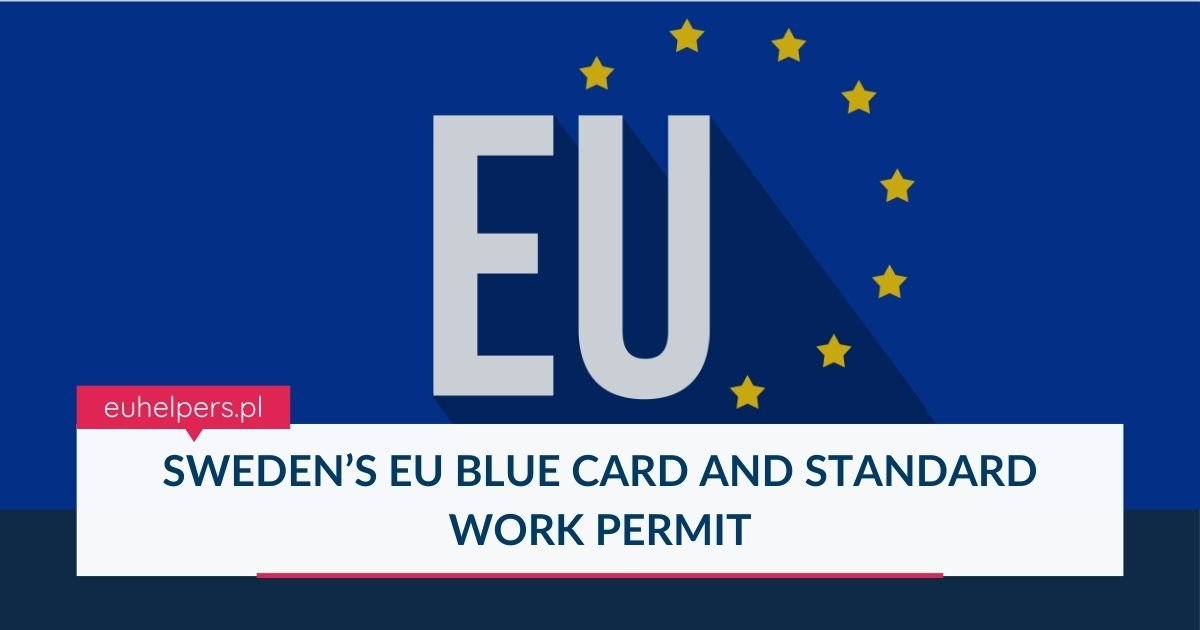Starting January 1, 2025, Sweden has introduced significant reforms to its work permit system, particularly narrowing the differences between the standard work permit and the EU Blue Card. These changes reflect the country's commitment to attracting and retaining highly skilled professionals, an essential factor in shaping Sweden's future workforce.
Key Changes to the EU Blue Card
One of the most noteworthy changes is the reduction in the salary threshold for the EU Blue Card, making it more accessible to a broader range of professionals. Additionally, transitioning from another type of permit to the EU Blue Card has been streamlined, reducing administrative barriers for employees seeking greater flexibility in their careers.
Benefits for Employees
A key advantage of the EU Blue Card is its flexibility. Unlike the standard work permit, which ties employees to a specific employer, the EU Blue Card allows individuals to change jobs without the need to apply for a new permit. Instead, they are only required to notify the relevant authorities. This enhanced mobility provides professionals with greater freedom and security, enabling them to pursue opportunities that align with their career goals.
Challenges for Employers
While the changes benefit employees, they also present potential challenges for employers. The increased flexibility offered by the EU Blue Card could lead to a higher turnover rate, as employees are no longer bound to a specific employer. This means that companies risk losing the talent they have invested in, emphasizing the need for businesses to foster engaging work environments and offer competitive incentives to retain their workforce.
Sweden’s Vision for the Future
These reforms highlight Sweden’s dedication to building a dynamic and skilled workforce. By prioritizing the needs of highly skilled workers and facilitating their integration into the country’s labor market, Sweden continues to position itself as an attractive destination for global talent.
Employers and HR professionals now play a crucial role in adapting to these changes, ensuring that they not only attract top talent but also create strategies to retain and nurture their workforce in this evolving landscape.

